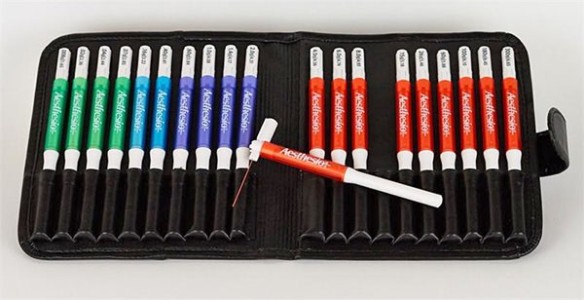Authors
L Farsi, M Keshavarz, K Afshari, AN Javidan
Lab
Neuroscience Institute, Tehran University of Medical Sciences, Tehran, Iran
Journal
Acta Medica Iranica
Abstract
Peripheral neuropathy, regularly expressed as hypersensitivity to painful stimuli, is between the most common complications of spinal cord injury (SCI) that develops in up to 40% of patients and appears to be persistent. Previous studies have demonstrated neuroprotective effects of Granulocyte colony-stimulating factor (G-CSF) on neuropathic pains. We aimed to investigate the antihyperalgesic effect of G-CSF on neuropathic pains following SCI in male rats. Twenty four adult male rats (weight 300–350g) were used. After laminectomy, complete SCI was performed by compression of the spinal cord for 1 minute with an aneurysm clip. Within 30 minutes after the surgery, 200 _g/kg G-CSF was injected intravenously in G-CSF treated groups and then was repeated in 3 consecutive days. Tail flick latency (TFL), acetone drop test scores, BBB test scores, and Von-Frey filament test were performed before surgery and once a week after surgery. Rats in G-CSF treated group showed significantly higher mean TFL, and lower mean score of acetone test compared with those in SCI+veh group 4 weeks after surgery (P<0.05). There was no significant difference between rats in G-CSF treated group and SCI+veh group in BBB and Von-Frey filament tests results. These findings revealed that treatment with systemic administration of intravenous G-CSF would attenuate thermal hyperalgesia, and cold allodynia induced by SCI in rats but has no significant effect on locomotor activity and mechanical allodynia after SCI.
BIOSEB Instruments Used
Von Frey Filaments (Bio-VF-M)
Source :
http://acta.tums.ac.ir/index.php/acta/article/viewFile/6445/5073

 Douleur - Allodynie/Hyperalgésie Thermique
Douleur - Allodynie/Hyperalgésie Thermique Douleur - Spontanée - Déficit de Posture
Douleur - Spontanée - Déficit de Posture Douleur - Allodynie/Hyperalgésie Mécanique
Douleur - Allodynie/Hyperalgésie Mécanique Apprentissage/Mémoire - Attention - Addiction
Apprentissage/Mémoire - Attention - Addiction Physiologie & Recherche Respiratoire
Physiologie & Recherche Respiratoire




































 Douleur
Douleur Système Nerveux Central (SNC)
Système Nerveux Central (SNC)  Neurodégénérescence
Neurodégénérescence Système sensoriel
Système sensoriel Système moteur
Système moteur Troubles de l'humeur
Troubles de l'humeur Autres pathologies
Autres pathologies Système musculaire
Système musculaire Articulations
Articulations Métabolisme
Métabolisme Thématiques transversales
Thématiques transversales Congrès & Meetings
Congrès & Meetings 